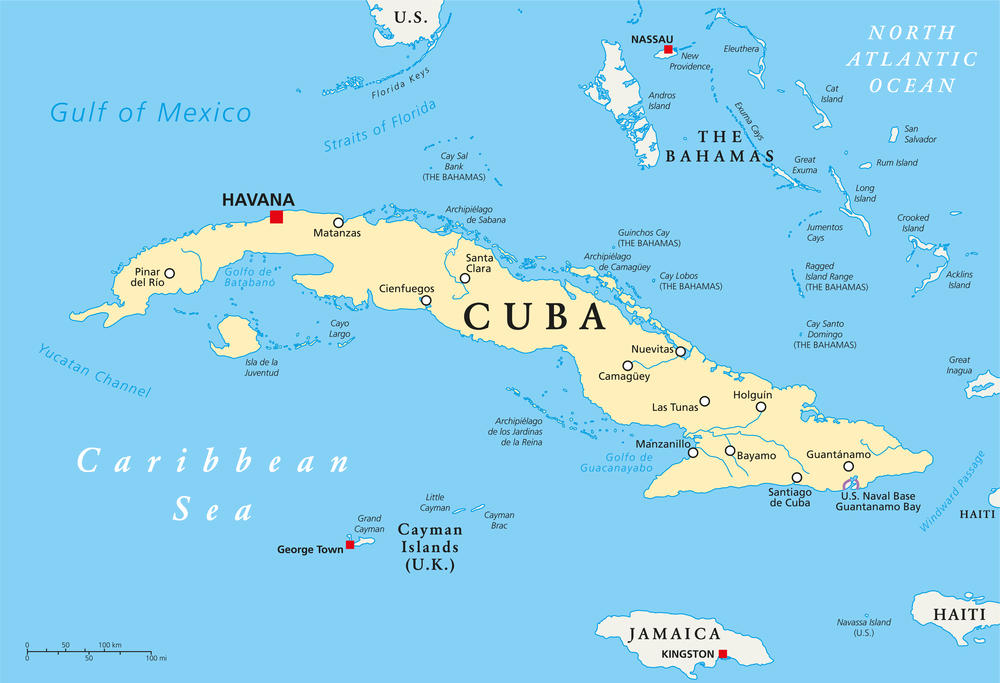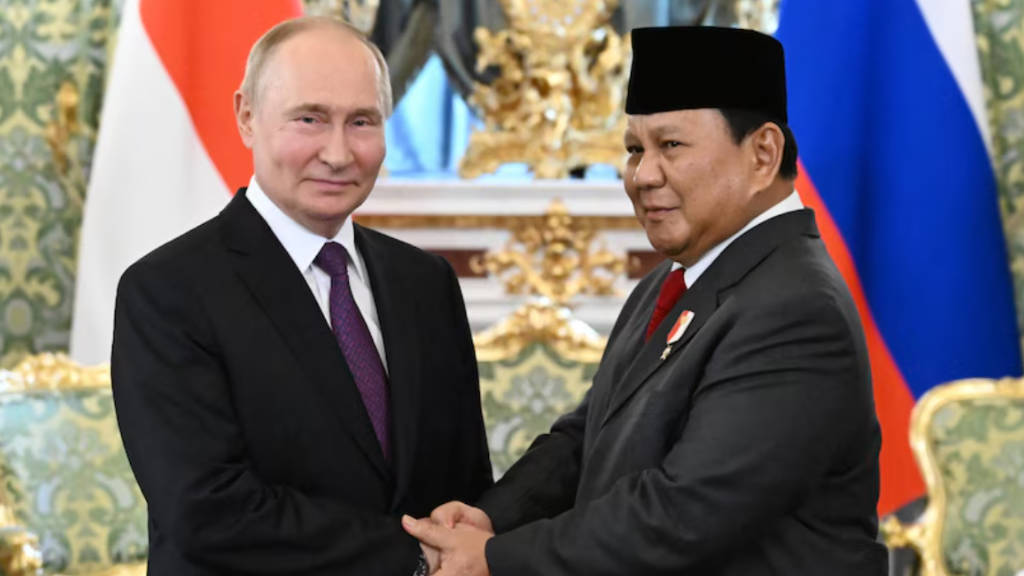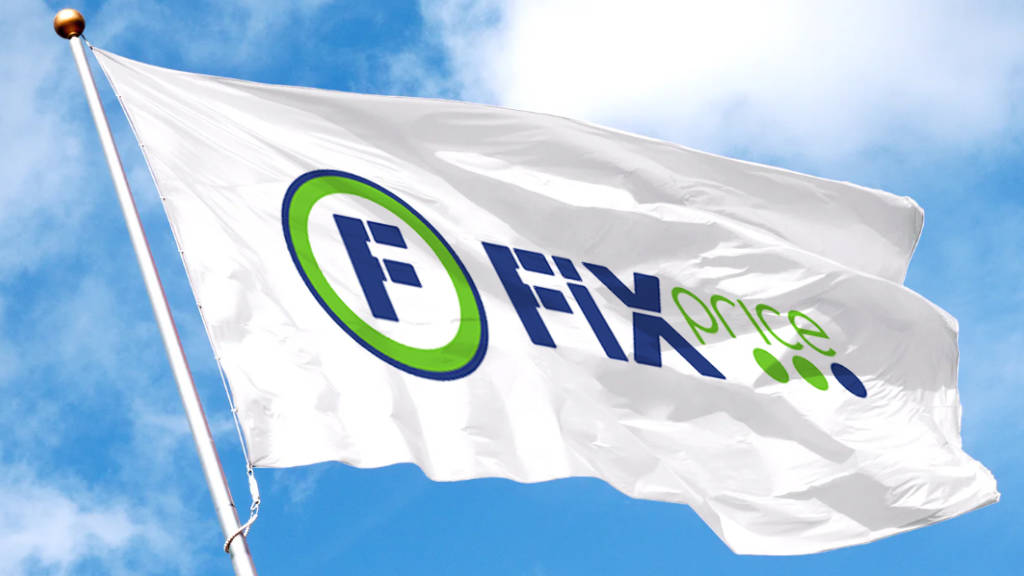October 25 Update: Cuba has now been granted ‘BRICS Partner’ status. See more here.
The Cuban government has made an official request to join the BRICS bloc in a letter sent to Russian President Vladimir Putin, according to Carlos Pereira, the director general of bilateral affairs of the Cuban Foreign Ministry.
He said that “Cuba has officially requested to be included in BRICS as a ‘partner country’ in a letter to Russian President Vladimir Putin, who is the 2024 interim chairman of the association, which is strengthening its position as a key player in global geopolitics and the hope of the Global South.”
The Russian Ambassador to Cuba, Viktor Koronelli has previously said that Moscow expected to see a delegation from Cuba at the BRICS summit in Kazan. The country’s president Miguel Diaz-Canel subsequently received an invitation from Putin.
The BRICS group was originally created in 2006, while Russia assumed the rotating BRICS presidency again this year. This began with the accession of new members to the association — in addition to Russia, Brazil, India, China and South Africa, it now also includes Egypt, Ethiopia, Iran, the United Arab Emirates and Saudi Arabia. The 2024 Russia’s BRICS presidency is held under the motto of ‘Strengthening Multilateralism for Equitable Global Development and Security.’
Numerous other countries have also expressed interest in joining.

Cuba is a longtime ally of Moscow. Last November, the two countries signed a seven-year program of trade and economic cooperation. It is aligned with Cuba’s National Development Plan until 2030 and provides for expanding cooperation in trade, economic, scientific and technical spheres, stimulating the growth of trade exchange and investment, and creating conditions for effective rapprochement of enterprises of the two countries. Joint initiatives include projects to build solar stations in Cuba, a full-cycle agro-industrial enterprise for the cultivation and processing of sugar cane, fertilizer production, as well as various infrastructure projects such as the revamping of its railway system.
Also part of this program are the construction of three units at the East Havana TPP in Santa Cruz del Norte and one unit at the Maximo Gomez TPP in the port of Mariel. The capacity of each unit will be 200 MW. In Mariel Port (Artemisa province), Cuba has created the country’s first free economic zone, which is attractive for Russian and Cuban manufacturers wishing to export products to other markets in Latin America. In addition, Zarubezhneft and the Cuban state company Cupet are implementing a project to increase oil production at the Boca de Jaruco field in northwestern Cuba. Energy will be an important part of future development to raise Cuba to self-sufficiency.
Cuba is becoming a popular tourist destination , with more than 120,000 Russians visiting in 2023 and arrivals increasing by 67% in the first half of 2024. Direct air services between Moscow and Havana resumed in December 2023, while starting October 13, Rossiya Airlines will also provide direct scheduled flights to Havana. Mir cards are accepted in Cuba and can be used to pay in most hotels in Havana, Varadero, Cayo Coco, Cayo Santa Maria, Cayo Largo, Holguin and other resorts.
Russia is accelerating the dedollarization of trade relations with a number of Latin American states with which Russia maintains close economic ties. “This is also going on within the BRICS framework, there are ideas to introduce alternative payment platforms,” said Alexander Shchetinin, director of the Latin American department of the Russian Foreign Ministry. According to him, the forms of dedollarization can be different, but the main priority is the development of mutually beneficial cooperation.
The two countries also cooperate in agriculture, particularly in the supply of wheat. Agricultural products have traditionally dominated Russian imports from Cuba and account for more than 60% of Russian exports. Russia is also seeking maintenance contracts to help rebuild infrastructure facilities built during the Soviet period.
Other developments pointing to a significant improvement in bilateral trade in the future include Cuba’s entry into the Eurasian Economic Union as an observer country, a status that will allow it access to other EAEU member countries and eventually sign a free trade agreement.
Bilateral trade figures have grown significantly and are already close to the US$1 billion mark. Sergei Baldin, Russia’s trade representative to Cuba, said Russian exports to Cuba increased 7.9 times year-on-year in 2023. Cuba, for its part, has more than tripled its exports to Russia, signalling a blossoming exchange of goods and services.
Among the typical Russian goods exported to Cuba are transportation and energy equipment. Imports include such goods as sugar, fruit, rum and cigars.
Brazil and China, both full BRICS members, along with Venezuela, who has also applied to join the group, are among Cuba’s largest trade partners.
Further Reading





